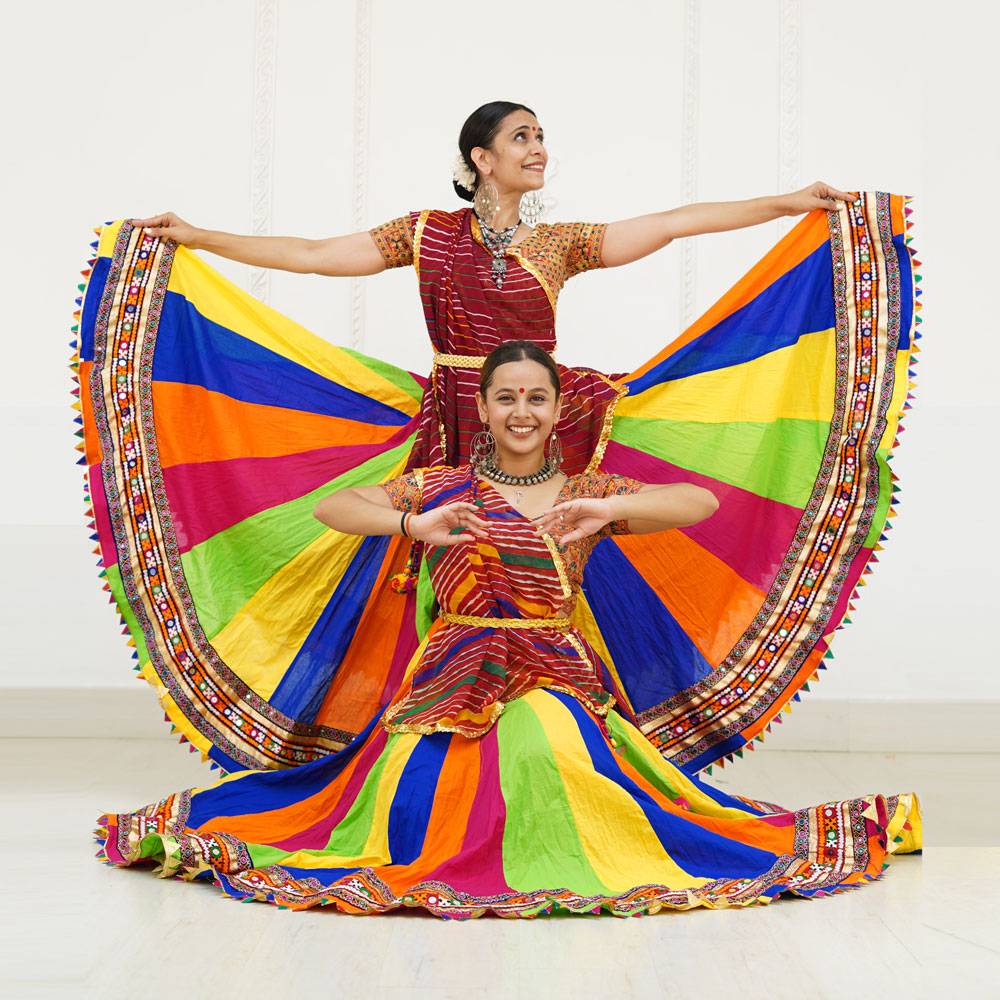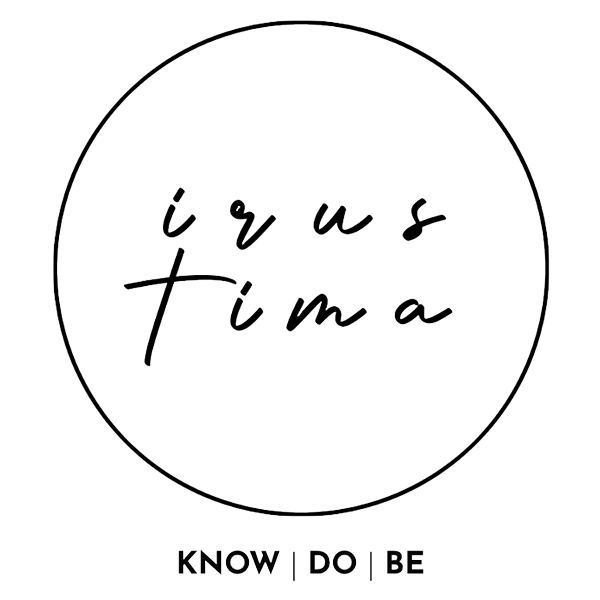
22 Dec A Chance Meeting With A Virtuoso
Today, I found myself at my daughter’s school for the much-anticipated annual Sports Day event. Throughout the years, I’ve learned that securing front-row seats is essential to truly enjoy any performance. Consequently, my daughter, my wife, and I left home early, arriving almost an hour before the scheduled start. Our punctuality not only ensured the best seats but also granted us the privilege of finding an empty parking space for our car. As I settled into my spot at the sports ground, I couldn’t help but notice the familiar face of the lady beside me.
As I wracked my brain trying to recall her identity, she inquired about the event’s start time. Assuring her that we still had about an hour before any performances would commence, I observed her raised eyebrows and sudden recognition. It then dawned on me that she was none other than Vaishali Sagar, the esteemed owner of Kalanjay Academy, where hundreds of students each year acquire remarkable dancing skills, earning numerous prestigious awards.
With the weather pleasantly cool and the atmosphere conducive to conversation, I made an effort to strike up a casual chat without intruding. I shared with Vaishali my belief that delays often lead to serendipitous encounters and the opportunity to get to know one another better. Her smile affirmed my approach, and what unfolded over the next couple of hours was an enlightening journey through various dance forms and their rich diversity. Thanks to this chance encounter with a virtuoso, I finally gained clarity on different types of dances, a long-awaited milestone after four decades on this planet. In this post, I am delighted to share this newfound knowledge with you.
Dance serves numerous purposes, including entertainment, exercise, and cultural or religious rituals. For enthusiasts, dance represents a form of creative expression, an elegant movement in sync with music and rhythms. Whether performed solo or as a group, dance is a popular art enjoyed by individuals of all ages, regardless of their dancing prowess.
Despite having two left feet, individuals like myself continue to find joy and fulfilment in dancing. We embrace the notion that there is no right or wrong way to dance. What truly matters is immersing oneself in the experience, embracing the energy and love within the world.
According to Vaishali, while there are countless dance styles, each with its distinct movements, rhythms, and techniques, her focus at the ‘Kalanjay Academy’ lies solely on folk dances. She explained that while some dance styles boast long-standing historical and cultural ties, others have evolved over time, embracing contemporary influences. Broadly speaking, dance forms can be grouped into the following categories:
- Classical Dance
- Folk Dance
- Tribal Dance
- Contemporary Dance
- Western Dance
As Vaishali passionately elaborated on each style, her enthusiasm for her craft grew more apparent. It reminded me of my wife, Sucharita, who shares a similar passion for her artistic pursuits. Enthusiasm and passion, it seems, are common traits among virtuosos. Seizing the opportunity while Vaishali’s attention was momentarily elsewhere, I quickly jotted down notes for further exploration. I couldn’t allow this golden chance to learn from a master to slip away. Later that day, after the event, I immersed myself in researching each of the five dance categories mentioned above. Here is a brief summary of my findings.
Classical Indian dances
Classical Indian dance refers to the traditional, expressive dance forms of India that have developed and evolved over thousands of years. These dance forms are typically characterized by intricate footwork, elaborate hand gestures and facial expressions, and precise rhythmic patterns. There are several different classical dance styles in India, each with its own unique style and origins. Some of the most well-known classical Indian dance forms include:
Bharatanatyam: This dance form originated in the southern Indian state of Tamil Nadu and is known for its graceful movements and expressive gestures.
Kathak: This dance form originated in the northern Indian region of Uttar Pradesh and is characterized by its intricate footwork and use of storytelling through movement.
Kathakali: This dance form originated in the state of Kerala and is characterized by its elaborate makeup, costumes, and facial expressions.
Odissi: This dance form originated in the eastern Indian state of Odisha and is known for its fluid movements and use of asymmetrical body positions.
Kuchipudi: This dance form originated in the southern Indian state of Andhra Pradesh and is characterized by its expressive facial gestures and dramatic storytelling.
Manipuri: This dance form originated in the northeastern Indian state of Manipur and is known for its fluid, graceful movements and use of circular patterns.
Sattriya: This dance form originated in the eastern Indian state of Assam and is characterized by its elaborate hand gestures and use of devotional themes.
Mohiniyattam: This dance form originated in the southern Indian state of Kerala and is known for its graceful, feminine movements and use of traditional Indian musical instruments.
Folk Indian dances
Folk dance refers to the traditional, expressive dance forms that are typically associated with the culture and traditions of a particular region or community in India. These dance forms are often passed down through generations and reflect the history, culture, and traditions of the community in which they are performed. Some of the most well-known folk dance forms in India include:
Bhangra: This dance form originated in the northern Indian state of Punjab and is characterized by its energetic, upbeat music and fast-paced footwork.
Garba: This dance form originated in the western Indian state of Gujarat and is characterized by its circular patterns and use of traditional hand gestures and facial expressions.
Dandiya: This dance form is closely related to Garba and is also popular in Gujarat. It is characterized by its fast-paced footwork and use of sticks or batons.
Bihu: This dance form originated in the northeastern Indian state of Assam and is characterized by its energetic movements and use of traditional Assamese instruments.
Koli: This dance form is popular in the western state of Maharashtra and is characterized by its fast and energetic movements.
Lavani: This dance form originated in the western Indian state of Maharashtra and is characterized by its fast-paced, rhythmic music and energetic footwork.
Chhau: This dance form originated in the eastern Indian states of Odisha, West Bengal, and Jharkhand and is known for its elaborate masks and use of acrobatic movements.
Yakshagana: This dance form originated in the southern Indian state of Karnataka and is characterized by its colorful costumes, elaborate makeup, and use of traditional musical instruments.
Tribal Indian dances
Tribal dance refers to the traditional, expressive dance forms that are typically associated with the indigenous tribes of India. These dance forms are often passed down through generations and reflect the unique culture and traditions of the tribe in which they are performed. Some of the most well-known tribal dance forms in India include:
Warli: This dance form originated in the western Indian state of Maharashtra and is characterized by its simple, geometric patterns and use of hand gestures.
Santhali: This dance form originated in the eastern Indian states of Odisha, West Bengal, and Jharkhand and is characterized by its energetic movements and use of traditional Santhali instruments.
Bhutia: This dance form originated in the northeastern Indian state of Sikkim and is characterized by its energetic footwork and use of traditional Bhutia instruments.
Gaur: This dance form originated in the central Indian state of Chhattisgarh and is characterized by its energetic movements and use of traditional Gaur instruments.
Gond: This dance form originated in the central Indian state of Madhya Pradesh and is characterized by its energetic movements and use of traditional Gond instruments.
Ho: This dance form originated in the eastern Indian state of Jharkhand and is characterized by its energetic movements and use of traditional Ho instruments.
Koraga: This dance form originated in the southern Indian state of Karnataka and is characterized by its energetic movements and use of traditional Koraga instruments.
Bamboo dance: This dance form is popular among the Mizo tribal community in the state of Mizoram and is characterized by the use of bamboo poles as props.
Tribal dance is an important part of the cultural heritage of India and is often performed at festivals and other traditional events. These dance forms provide a glimpse into the unique culture and traditions of the indigenous tribes of India and are an important part of the country’s rich and diverse cultural history. Unfortunately, the tribal dance forms are not so popular these days and need a major boost to revive.
Contemporary Indian dances
Contemporary dance refers to the dance forms that have evolved in more recent times and are not necessarily tied to traditional or classical dance styles. These dance forms are often inspired by a variety of different sources, including classical Indian dance, Western dance styles, and other contemporary artistic movements. Some of the most well-known contemporary dance forms in India include:
Modern: This dance form is characterized by its use of flowing, expressive movements and often incorporates elements of classical Indian dance.
Fusion: This dance form combines elements of different dance styles, including classical Indian dance, jazz, and modern dance, to create a unique and diverse style.
Bollywood: This dance form is inspired by the dance styles featured in popular Hindi films and is characterized by its energetic movements and use of catchy music.
Contemporary dance is an important part of the cultural landscape of India and is often performed at concerts, festivals, and other events. These dance forms provide a modern, innovative twist on traditional dance styles and reflect the diverse and evolving culture of India.
Western Dances
Western dance refers to the dance forms that have developed in the Western world, including Europe, the Americas, and Australia. These dance forms are typically characterized by their use of specific rhythms, melodies, and movement styles that are associated with Western culture. Some of the most well-known Western dance styles include:
Ballet: This dance form is characterized by its precise, graceful movements and use of classical music.
Jazz: This dance form is characterized by its energetic movements and use of syncopated rhythms.
Hip hop: This dance form is characterized by its fast-paced, energetic movements and use of urban music.
Modern: This dance form is characterized by its use of flowing, expressive movements and often incorporates elements of contemporary artistic movements.
Ballroom: This dance form includes a variety of partner dances, such as the waltz, tango, and foxtrot, and is typically performed in a formal setting.
Tap: This dance form is characterized by its use of rhythmic footwork and the sound of tap shoes striking the floor.
Line: This dance style involves performing a series of steps in a line or formation, often with a group of people.
Western dance has a rich and varied history and has influenced and been influenced by a wide range of cultural, social, and artistic movements. These dance styles are enjoyed by people around the world and are often performed at concerts, festivals, and other events.
Why should we all dance?
Dancing helps reduce stress, improve mood, and promote overall well-being. Dance can be enjoyed informally, such as at parties or other social events. It can also be performed in a variety of settings, including theaters, dance studios, and other performance spaces. There are many benefits to dancing, both physical and mental.
Physical benefits of dance include:
- Improved cardiovascular endurance and overall physical fitness
- Increased strength and flexibility
- Improved balance and coordination
- Better posture and alignment
Mental benefits of dance include:
- Increased self-confidence and self-esteem
- Improved memory and cognitive function
- Increased creativity and self-expression
- Improved social skills and teamwork
People who choose to let go of their inhibitions and are nimble to get onto their feet are more likeable too!
Endword
I hope this post brings both information and a smile to your face, encouraging a greater awareness of the diverse world of art. While art may initially appear unstructured and overwhelming, there is intricate detailing and underlying structures within it that only a master can truly elucidate. Their guidance has the power to awaken our bodies and inspire us to groove. Whether one is a seasoned dancer or just beginning, the key is to embrace the enjoyment and allow the music to move you. So, in any setting, feel free to cha-cha-cha or ta-thaiya-tha your way to a fantastic time!
Lastly, I would like to extend my heartfelt appreciation to Vaishali for graciously spending an extra hour waiting with me. Her kindness and patience made this encounter even more memorable. You can see her craft on Insta and Youtube. Know more about Vaishali Sagar here – https://linktr.ee/vaishalikalanjay
Photo credit – Vaishali Sagar’s Instagram
If you liked this post, then you may consider reading The General Theory on Fitness , The General Theory on Finance , and Creating A Personal ‘Learning Ecosystem’ also



No Comments